Not made in Japan: why some Japanese whiskies may be mostly Scotch
What’s behind the rise of the “world blend” whisky trend.
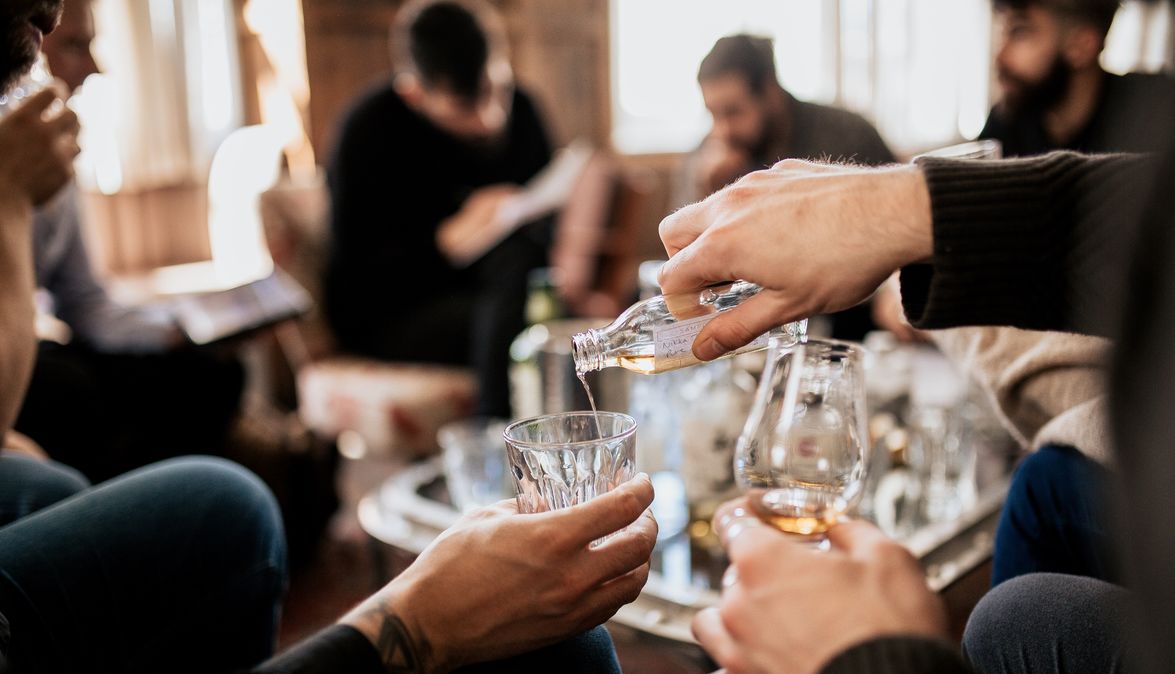
Japanese whisky has, in less than a decade, risen from relative obscurity to the most sought-after liquor on the planet. Much of that demand has been driven by U.S. and European drinkers who, whether consciously or not, are seduced by the mysticism of Japanese culture and are paying top dollar for the expertise of the country’s famed craftsmen
Behind the hype, however, lies an uneasy truth: Japanese whisky doesn’t have to be made in Japan to be called such. In fact, an alarming amount of it isn’t.
“To say that whisky-making regulations in Japan are loose is a major understatement,” says Stefan van Eycken, author of Whisky Rising: The Definitive Guide to the Finest Whiskies and Distillers of Japan. “If they were any looser, you’d be able to sell tap water as Japanese whisky.”
Bourbon is required to be made in the U.S., and Scotch must come from Scotland, but a bottler in Japan can wrangle its aged spirits from elsewhere and still label it “Japanese whisky.” Now that the designation carries more value than ever, a growing band of opportunists are taking advantage.
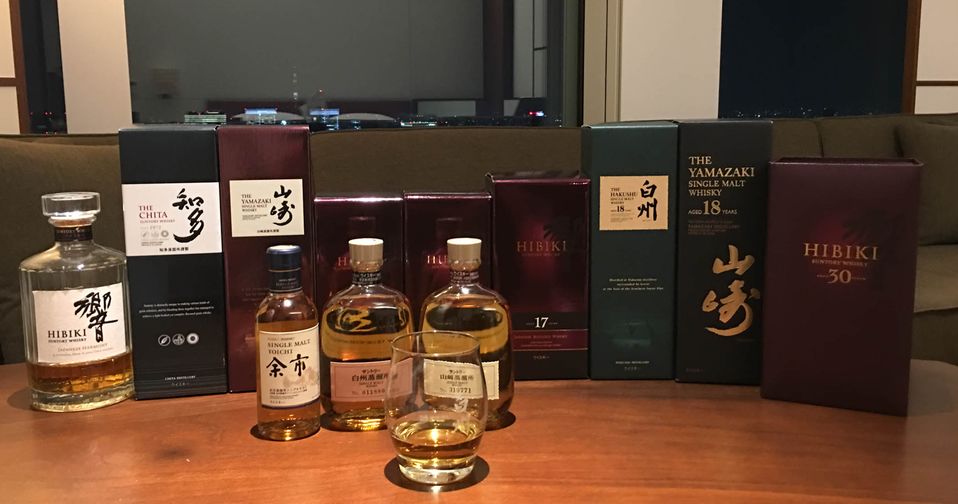
It’s not uncommon to spot a newer brand offering whisky with age statements older than the company itself. Kurayoshi Distillery, for example, sells an 18-year-old pure malt even though the distillery opened in 2017.
When the math doesn’t check out, you can assume some portion of what’s in the bottle was imported. Van Eycken estimates that around two-thirds of Japan’s producers don’t possess distilling equipment.
Even the country’s largest producers have been caught off guard by the rapid success of the category. Suntory and Nikka Whisky – which control 80% of the market between them - have had to eliminate age statements and are using younger Japanese liquids in blends to keep product on the shelf.
Suntory discontinued its popular Hibiki 17 in 2018 in part because its reserves were running low. As an extra stopgap, both have released gins and vodkas to sustain interest in Japanese spirits while waiting for the aged stock to return to its previous levels.
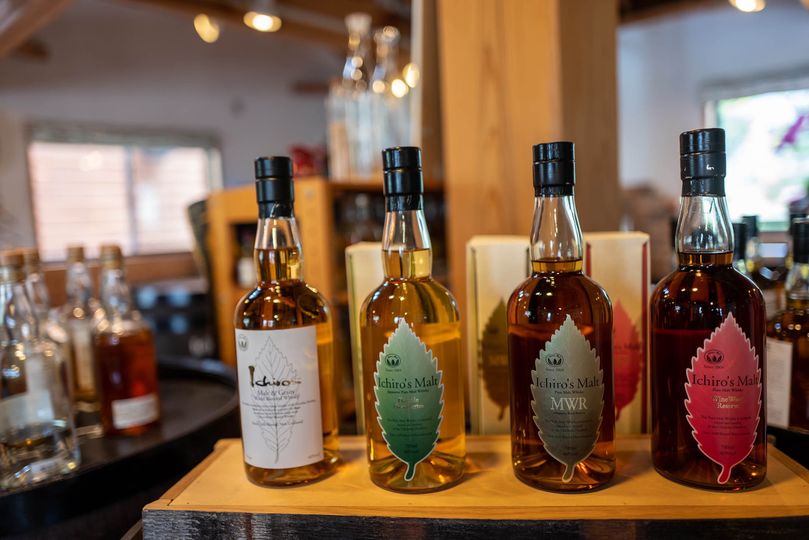
Much of what ends up in Japanese bottles is from Canada and Scotland. According to the drinks analysis company IWSR, Japan imported roughly 70% more Canadian whisky in 2017 than it did four years prior. In that same period, retail sales of bottled Canadian whisky in Japan were stagnant.
The Scotch Whisky Association records a similar phenomenon with its shipments to Japan, but on a larger scale. Bulk exports of single and blended grain – the lighter, thinner spirit that’s often viewed as filler against heartier, more robust single malt – increased 141% from 2017 to 2018. Meanwhile, Japanese markets showed no congruent rise in the sales of bottled Scotch grain whisky.
Much of this practice is hidden in plain sight. Nikka purchased a Scottish distillery 30 years ago and owns up to the strategic advantages.
“Most of our imported stock is coming from Scotland since we acquired and restarted Ben Nevis Distillery in 1989,” says Naoki Tomoyoshi, head of international business development at Nikka.
The company has been blending that into its Black Nikka Clear range not to compensate for supply shortages, but because “our style of production is based on Scottish traditions,” he says.
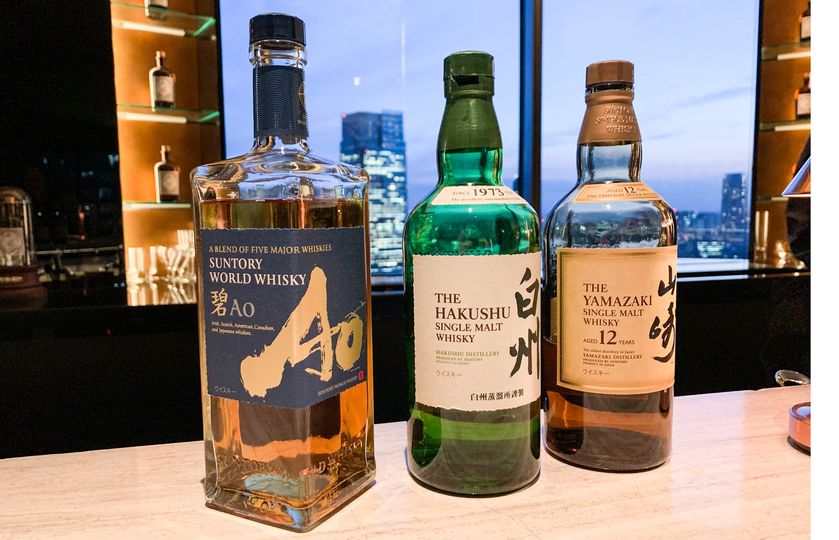
Suntory, too, is joining the category with Ao, a finely-balanced blend with a slight suggestion of peaty smoke will likely appeal more to a Scotch fan than a bourbon drinker. Ao combines mature spirits from all of the world’s major producing regions: Japan, Ireland, Scotland, Canada, and the U.S.
The brand also labels its new spirit as a “World Whisky,” though the packaging design still echoes Suntory’s standard offerings with kanji and Japanese calligraphy.
This lack of clarity in labeling hasn’t been a problem inside Japan, where most whisky is consumed in highballs by salarymen at izakayas after work. But for whisky connoisseurs in export markets, Japanese brands are beginning to offer so-called international blends.
The Chichibu Distillery in Saitama prefecture this year released a $5,000 iteration of its Malt & Grain “World Blended Whisky,” which was named the best limited-release blend at the 2019 World Whiskies Awards. The Malt & Grain range is less robust than single-malt fans may prefer, but what it lacks in heft it makes up for in complexity.
The label clearly identifies the provenance of its many components. Ichiro Akuto, owner and master distiller at Chichibu, says the alternative is “whisky laundering” - the deliberate misleading of consumers. Van Eycken points out that the labeling isn’t a legal requirement: “It’s a matter of honesty and transparency.”
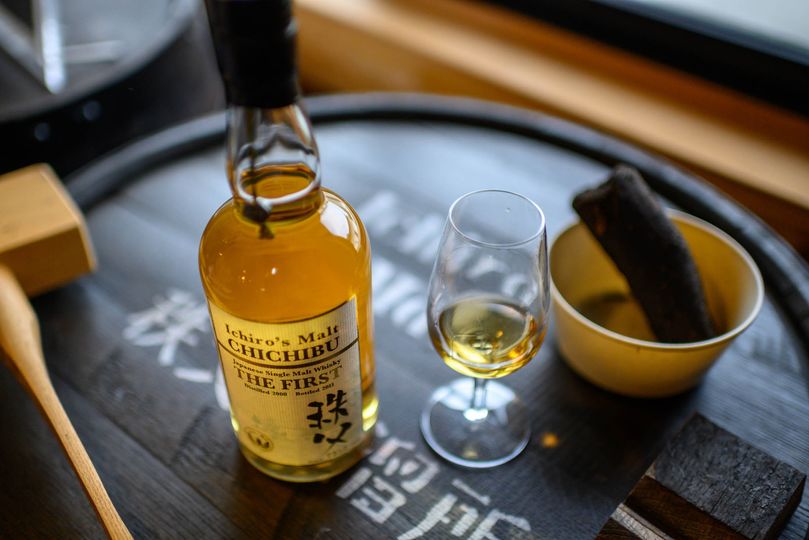

03 Jan 2012
Total posts 96
Love this article and learned a bit. Just flew Australia to Seattle on JAL and consumed some "Japanese" Whistky!
Cathay Pacific - The Marco Polo Club
20 Jun 2013
Total posts 56
Kampai!
Hi Guest, join in the discussion on Not made in Japan: why some Japanese whiskies may be mostly Scotch